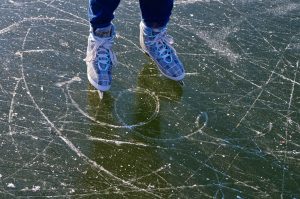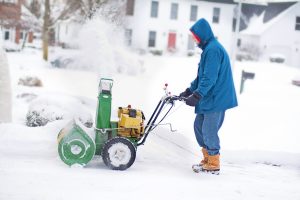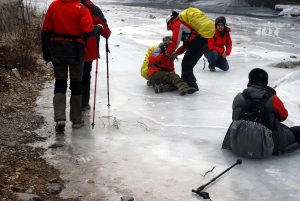Bike Safety Tips for Summer Traffic from Security Specialists
With folks returning to the office now that the pandemic is scaling down and the temperature getting warmer, more people will start hopping on their bicycles to commute to work or enjoy some fresh air and leisure time. Unfortunately, with the warm weather comes more bike traffic which almost certainly means more bike versus vehicle accidents.
While bike safety might not be top-of-mind for many folks, it is important to remember considering the number of deaths from bicycle incidents increased 6% in 2019 and 37% in the last 10 years, from 793 in 2010 to 1,089 in 2019, according to Injury Facts®. Of the 1,089 bicyclist deaths in 2019, 712 involved motor vehicles. With about 80 million bicyclists sharing the road with motorized vehicles, it is vital bicyclists – and drivers – take some safety precautions. To help you avoid getting into a deadly encounter with your bike, Security Specialist is providing these seven simple tips that can keep you safe and secure while enjoying the pleasure of riding your bicycle:
- Before hopping on your bicycle, make sure you know the basic rules of the road including always riding in the direction of traffic; following traffic signs and lights and always signaling when turning so automobile drives can anticipate your actions.
- Always wear a helmet. Make sure that it fits snugly and securely and does not obstruct your vision.
- If you are part of a group, make sure you ride in a single file.
- Make sure you can be seen in any light. Wear bright colors and reflective clothing,
- Install rearview mirrors on your handlebars or helmet. You should still learn to look over your shoulder without swerving, but mirrors will help you see what is behind you at all times.
- To stay visible in at night, use front and rear lights and reflectors. It is required by law in many states, so please check before you ride.
- Avoid riding on high traffic roads, even if they are the most direct routes…. always think safety first.
- Do not get distracted. Do not listen to loud music with headphones, talk on the phone, text, or do anything else that can obstruct hearing and/or vision while riding.
- Stay alert and be cautious of uneven or slippery surfaces.
- Carry a patch kit at all times. Learning to patch up your own flat tire can prevent you from being stranded in an unsafe or remote location.
- Carry a cell phone and ID. If something bad happens to you, your ID will help emergency responders know who you are and how to help you.
- Bring drinking water for longer rides. This is especially important if you are mountain biking.










